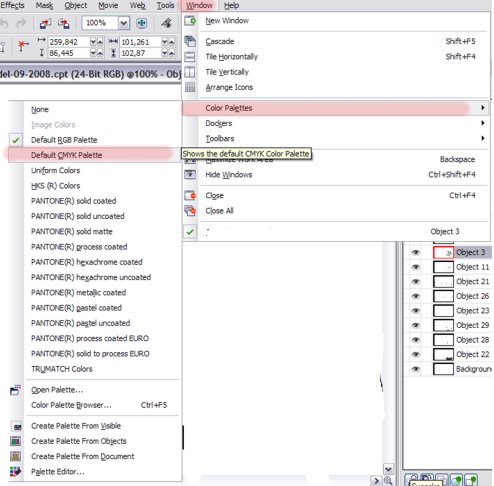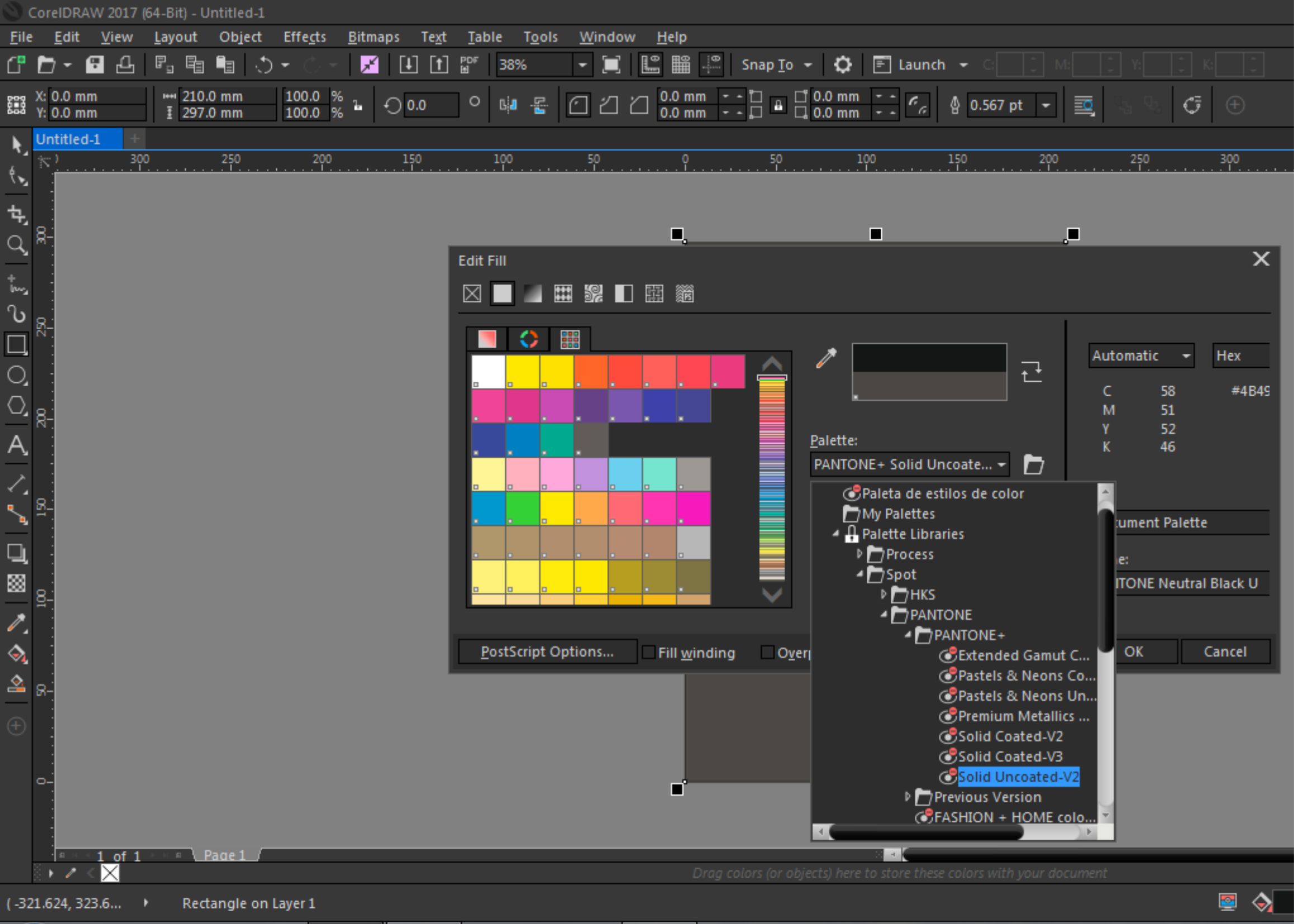
The pen tool is now smarter, permitting you to add and subtract points without switching tools or pressing keys. Its geometric-shape tools can’t be beat, letting you draw, move, and edit shapes on the fly so that you get them right the first time. CorelDraw 8’s interface is original, but there’s work to be done before it will bridge the gap with Mac professionals.ĭespite its competitors’ improvements, Illustrator still dominates in a few areas. You can hide all interface elements by pressing F9, but you can’t do anything with your artwork until you press the esc key to bring back the clutter. There’s no shortcut for the hand (or Pan) tool, although you can scroll by pressing option while using the arrow keys. There are also inconvenient aspects to the interface. I’ve been using CorelDraw since version 1, yet I still shudder at anchor points called “nodes,” masking called “power clipping,” and the common arrow unpleasantly labeled the Pick tool. If you’ve spent any time in Illustrator or FreeHand, however, using CorelDraw feels like a trip to a foreign country. It also offers the most extreme zoom range, from 1 percent to several thousand times normal size, for when you need to be really precise. The result is a trio of drawing doppelgängerseach has its special strengths, but if all you care about is having a lot of great features, then they all fit the bill.ĬorelDraw 8.0.1 presents a more streamlined front than FreeHand 8.0.1, with regularly sized palettes and a context-sensitive Properties bar that changes to suit the selected object.

Each of these drawing programs offers exciting new features that were either borrowed from competitors or inspired by different graphics programs. The secret behind the success of the version 8 upgrades is imitation. ), is the most modest, but its predecessor, FreeHand 7, was so far ahead of the pack that the new version still comes out smelling like a rose. A third upgrade, Macromedia FreeHand 8.0.1 (

) performs an even more amazing trick, rising like a phoenix from the smoking husk of the roundly dismissed version 6. ) returns to its glory days as a streamlined, feature-rich standard-bearer. That’s why the newest update frenzy is so impressive. In this climate, if a company has the gall to issue an upgradeand expect us to buy itthat upgrade had better be good.

These days, the average time between upgrades is about 15 months. As computer artists, it seems like we’re forever on a treadmillonce you become comfortable with one version of a program, another hits the streets.


 0 kommentar(er)
0 kommentar(er)
